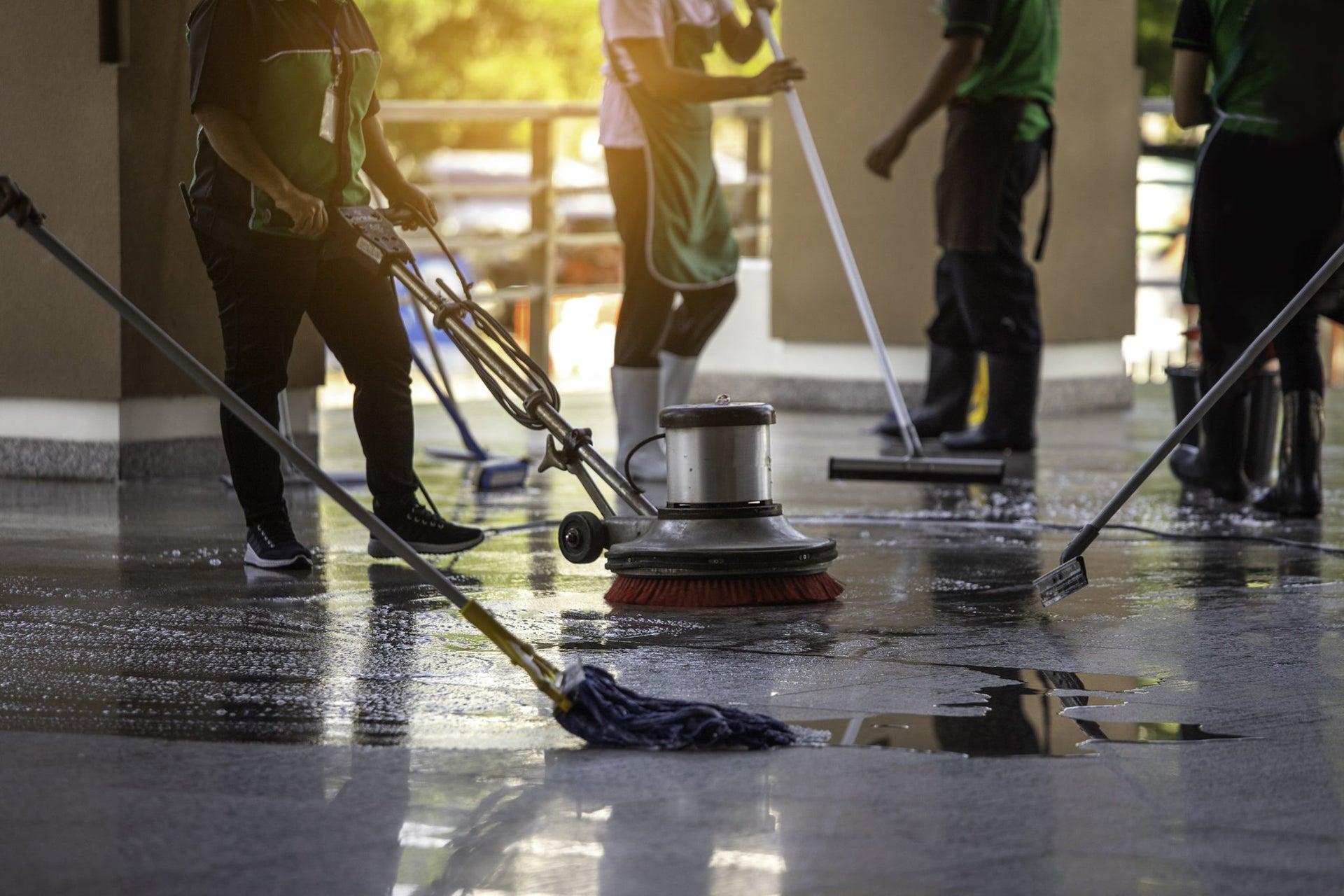Owning a swimming pool is a delightful luxury, but to ensure that your pool remains a sparkling oasis, keep the water clean and clear. Regular pool maintenance and proper care are vital to avoid cloudy, murky, or algae-infested waters. In this guide, we’ll take you through a step-by-step process on how to maintain your swimming pool, making it a refreshing and inviting space for all. Let’s dive in!
Preparing the Pool for Cleaning
Before starting any maintenance, it’s crucial to prepare the pool for cleaning. Remove any debris, leaves, or large objects that may have accumulated in the water. Use a net skimmer to skim the surface and empty the skimmer baskets.
Testing the Pool Water
Regularly testing your pool water is essential for maintaining its clarity and chemical balance. Use a reliable test kit to measure the chlorine, pH, alkalinity, and calcium hardness levels. Test the water at least two times a week to detect any imbalances promptly.
Adding Chemicals to the Pool
Based on the test results, it’s time to add chemicals to your pool. Chlorine is crucial for killing bacteria and algae. Use chlorine tablets or liquid chlorine to maintain the recommended level, typically between 1 and 3 parts per million (ppm). Balance the pool’s alkalinity and calcium hardness to prevent corrosion and scaling.
Cleaning the Pool Filter
The pool filter plays a vital role in trapping dirt and debris, keeping the water clean. Backwashing the filter should be done at least once a month or when the pressure gauge indicates a rise in pressure. If your pool has a cartridge filter, clean it thoroughly or replace the cartridge annually.
Vacuuming the Pool
Even with a filter, some debris may settle at the bottom of the pool. Use a pool vacuum to clean the pool floor and remove any stubborn dirt. Vacuuming should be done at least once a week, or more frequently in high-usage periods.
Skimming the Pool Surface
Skimming the pool surface daily prevents debris from sinking to the bottom, making it easier for the filter and vacuum to clean the water. A few minutes of skimming can save hours of cleaning later.
Cleaning the Pool Walls and Steps
Algae and other contaminants tend to cling to the pool walls and steps. Use a pool brush to scrub these areas at least once a week. For stubborn stains, you can use a mixture of water and muriatic acid, but exercise caution and follow safety guidelines.
Balancing the Pool Water
Pool water balance is crucial for safe and comfortable swimming. Properly balanced water prevents skin and eye irritation and prolongs the life of your pool maintenance equipment. Monitor the pool’s pH, alkalinity, and calcium hardness regularly, and adjust them as needed.
Shock Treating the Pool
Shock treatment is necessary when chlorine levels drop drastically, or the pool water appears dull and cloudy. Shocking the pool involves adding a large dose of chlorine to kill bacteria, algae, and other contaminants. Follow the manufacturer’s instructions carefully and avoid swimming for a specific period after shocking.
Maintaining Proper Pool pH Levels
Maintaining the right pH levels is vital for the effectiveness of chlorine and other chemicals. The ideal pH range for a pool is between 7.4 and 7.6. A lower pH makes chlorine more effective, but it can lead to corrosion, while a higher pH reduces chlorine’s effectiveness, leading to bacterial growth.
How often should I check and/or adjust my pool’s pH levels?
You should check your pool’s pH levels at least twice a week. Frequent testing ensures that you catch any pH imbalances early and can adjust them promptly. Keeping a close eye on the pH levels will help maintain the effectiveness of the pool’s chemicals, ensure comfortable swimming conditions, and prevent any potential issues with skin and eye irritation. Regular pH adjustments are essential for the overall health and clarity of your swimming pool.
What is the best way to remove algae from my pool?
- To remove algae from your pool, follow these steps:
- Brush the affected areas to loosen the algae from the pool walls and floor.
- Shock the pool with a higher dose of chlorine to kill the algae.
- Use an algaecide to prevent future algae growth.
- Run the pool filter continuously until the water is clear again.
- Vacuum the pool to remove the dead algae.
Finally, maintaining a clean and clear swimming pool requires consistency and regular attention. By following these tips and keeping up with routine maintenance, you can enjoy a sparkling pool all year round. The key to crystal-clear pool water is proper care and maintenance. So, take the plunge and make your pool a refreshing haven that you and your loved ones can enjoy to the fullest!
Expert Pool Maintenance Services
If you need professional pool maintenance services or expert advice, visit Nitty Gritty Pool Maintenance’s service page. Let our team of skilled technicians ensure your pool stays in top-notch condition, providing you with an oasis of relaxation. Check out our smile gallery for incredible before and after examples! Happy swimming!

